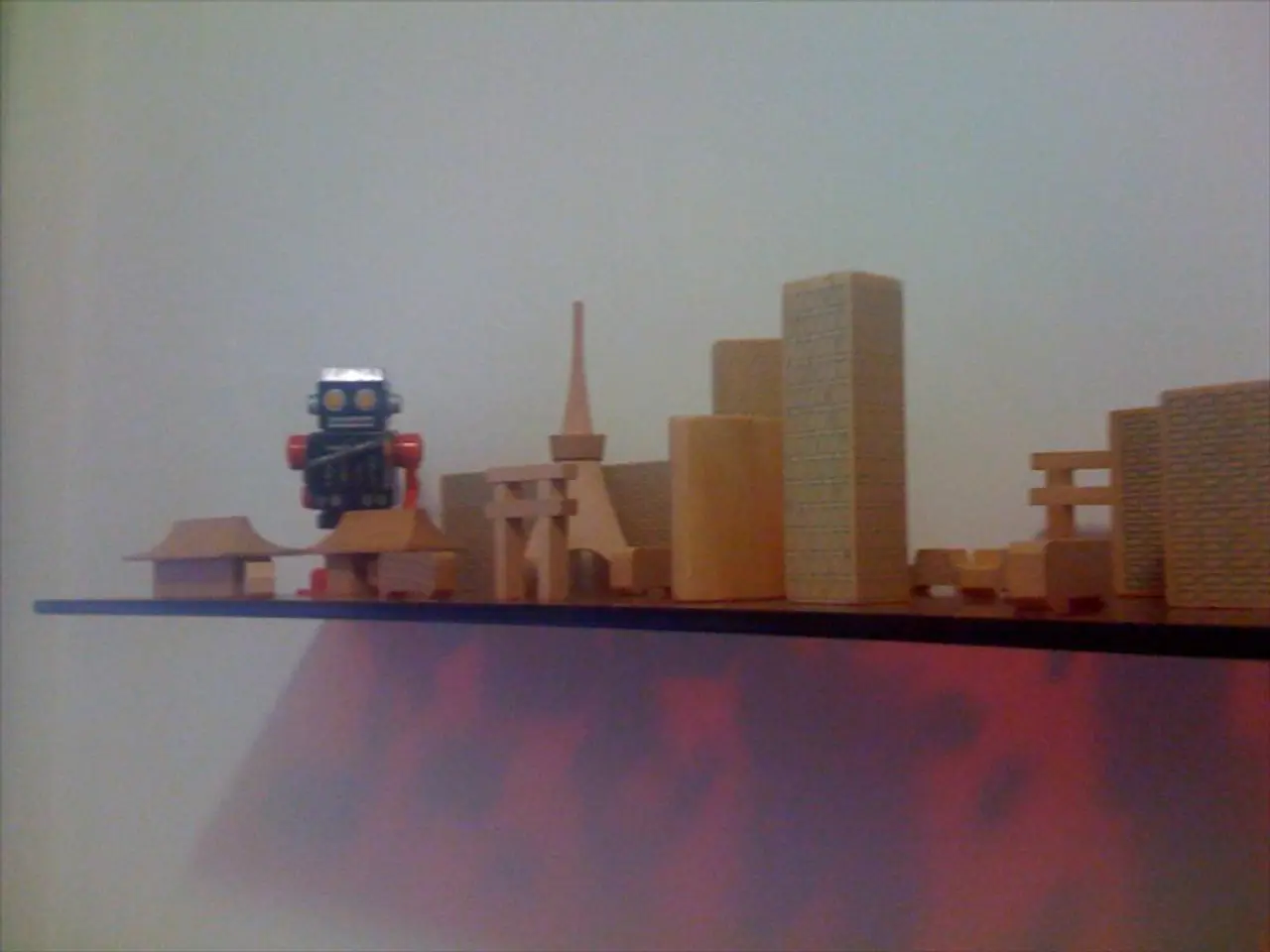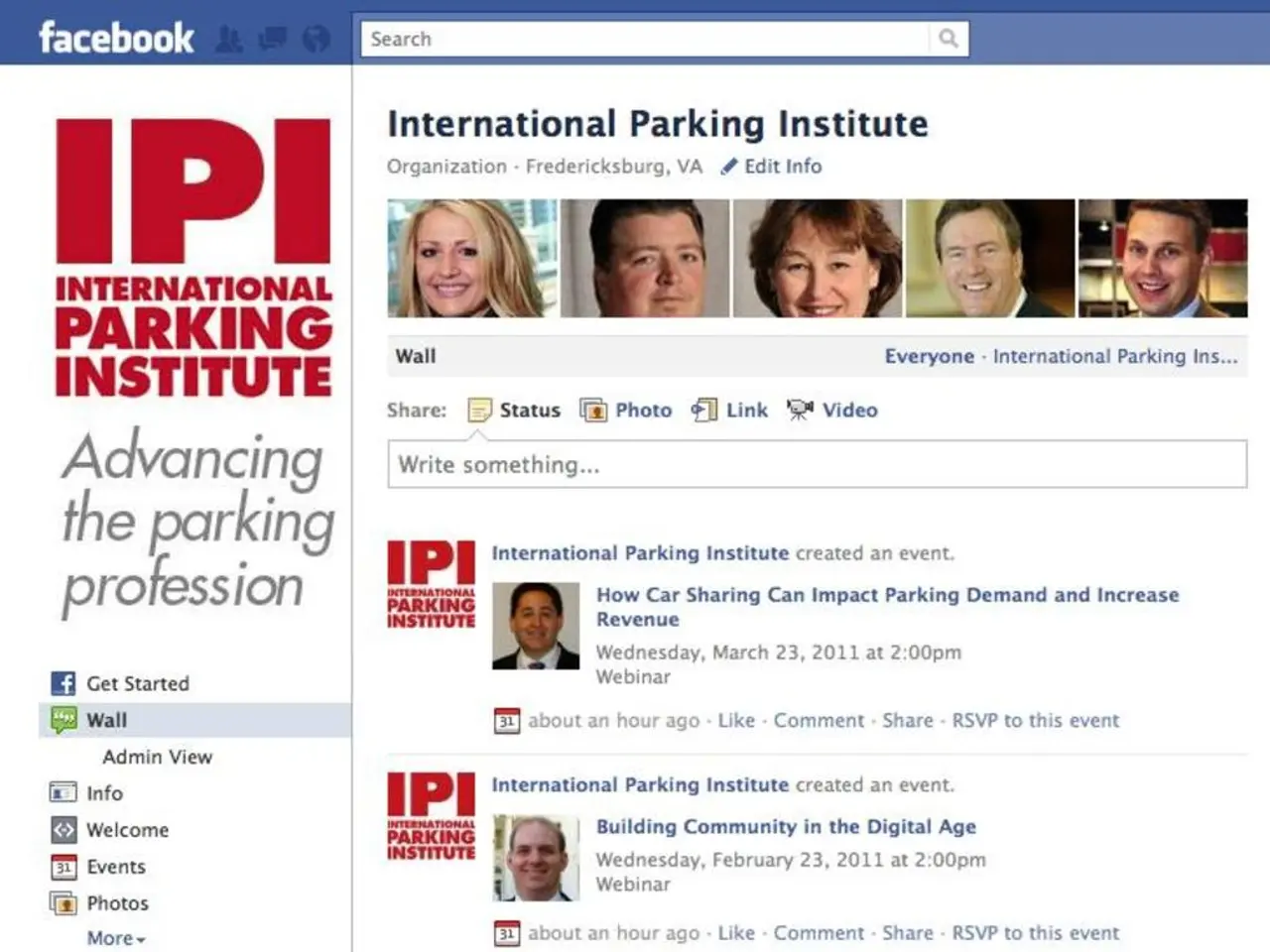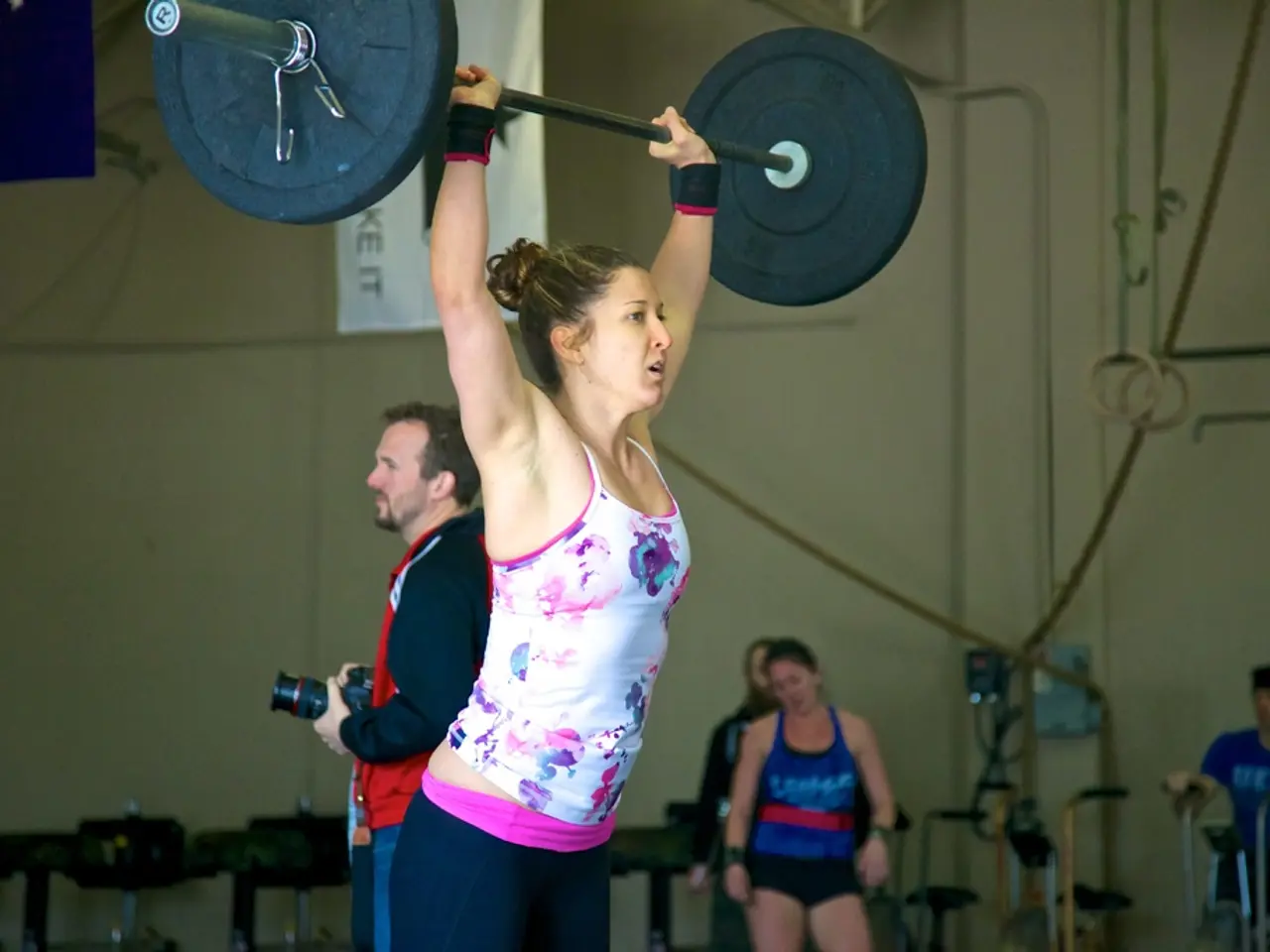Eliminating Excess Children's Playthings Amid Overflowing Child-Related Items
Decluttering Kids' Toys: A Conversation-Based Approach
Decluttering kids' toys can be a positive and educational experience for both children and parents, if approached in the right way. By engaging your child in a conversation about their toys and applying the 80/20 rule, you can effectively reduce clutter and create a more focused and enjoyable play environment.
Engage in a Dialogue
Start by talking to your child about their toys, asking which ones they love and actually use the most. This not only helps them feel involved and respected in the process, but also makes decluttering a collaborative and positive experience rather than a chore.
Focus on the Favorites
Next, use the 80/20 rule to focus on the approximately 20% of toys that your child plays with 80% of the time. Prioritize keeping these favorites and let go of the less-used 80% that contribute less to play and creativity.
Quality Over Quantity
During the conversation, emphasize the importance of quality over quantity. Keep only what inspires focused play and joy, which naturally leads to easier cleanup and a calmer play environment.
Additional Tips
Categorize toys together and ask what they want to keep versus donate or discard. This fosters decision-making skills and helps your child understand the value of each toy. You may also consider rotating toys that are not currently favorites instead of discarding them immediately, to maintain novelty and reduce clutter long-term.
Benefits of a Decluttered Space
Clearly explain the benefits of a decluttered space, such as more room to play and less mess, to motivate cooperation during the conversation. Organizing and decluttering can be simplified by relying on spatial constraints, such as pre-designated "homes" for categories of belongings with firm boundaries.
Special Considerations
If there are items of sentimental or monetary value that you want your child to keep, it's best to pull them out first before letting your child make decisions. A simple storage solution for kids' toys is a large toy box with a lid, where the rule is that they can keep whatever fits inside with the lid closed.
By following these steps, you can effectively declutter kids' toys using a conversation-based approach while applying the 80/20 rule for maximum impact. The results of decluttering with the right mindset can be massive, leading to a more organized, enjoyable, and less stressful play environment for both children and parents.
- Embrace minimalism by focusing on your child's favorite toys that are played with 80% of the time, favoring quality over quantity to create a more focused and enjoyable play environment.
- Engage in a dialogue with your child about their toys, asking about favorites and using the 80/20 rule for efficient decluttering, turning the process into a collaborative and positive experience.
- Categorize toys together and encourage your child to make decisions about what to keep, donate, or discard, fostering decision-making skills and helping them understand the value of each toy.
- Organize and declutter by relying on spatial constraints, such as pre-designated "homes" for categories of belongings with firm boundaries, for a more organized home and garden.
- Consider rotating toys that are not currently favorites instead of discarding them immediately, maintaining novelty and reducing clutter long-term while promoting healthy-and-wellness and lifestyle habits.
- Special considerations should be made for items of sentimental or monetary value that you want your child to keep, as these items may require separate and careful handling in the decluttering process.




